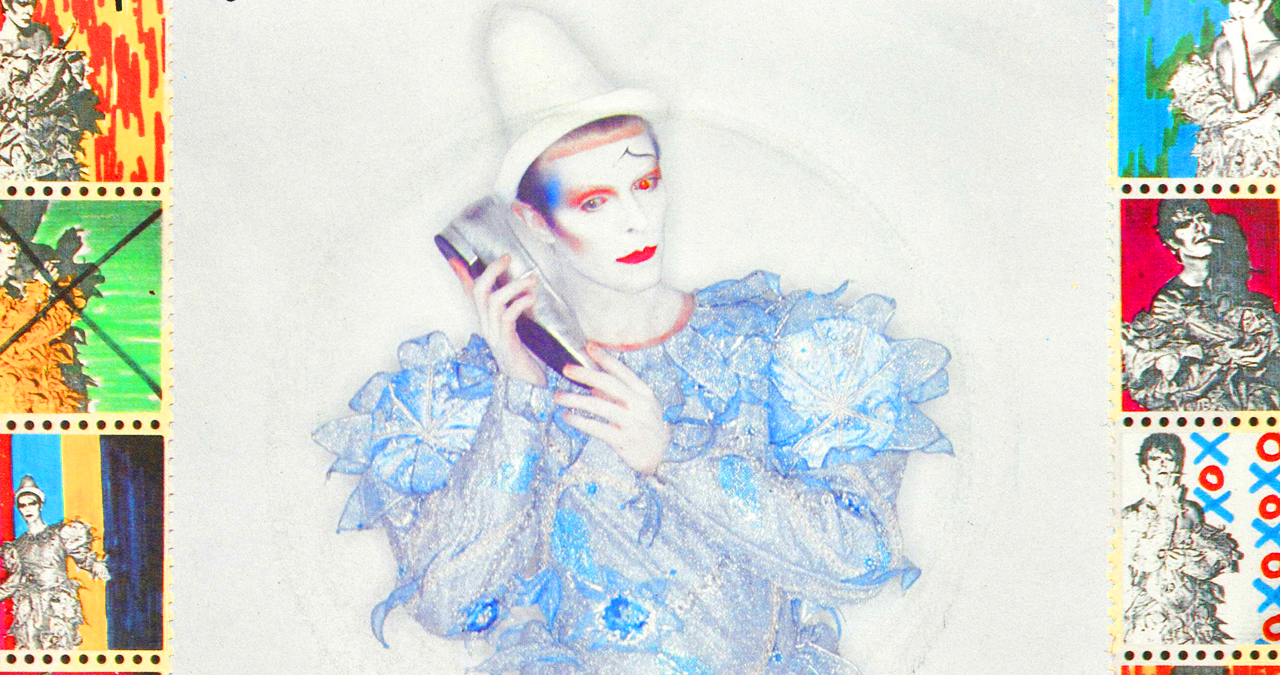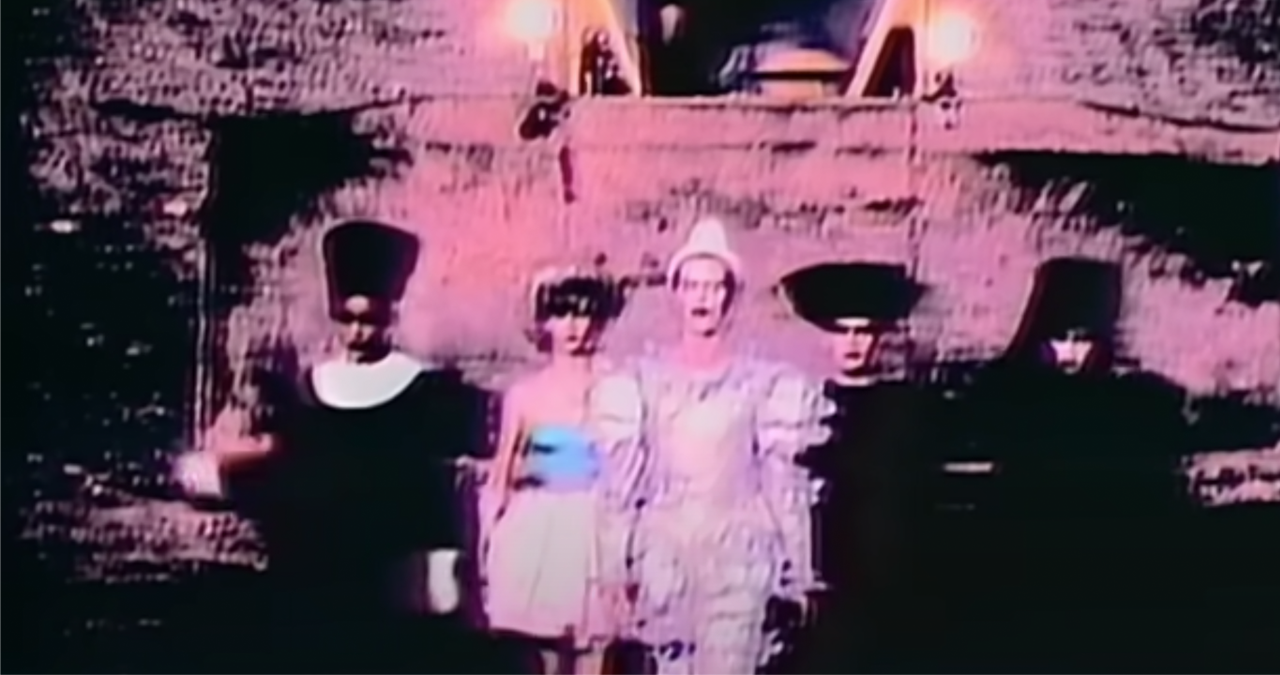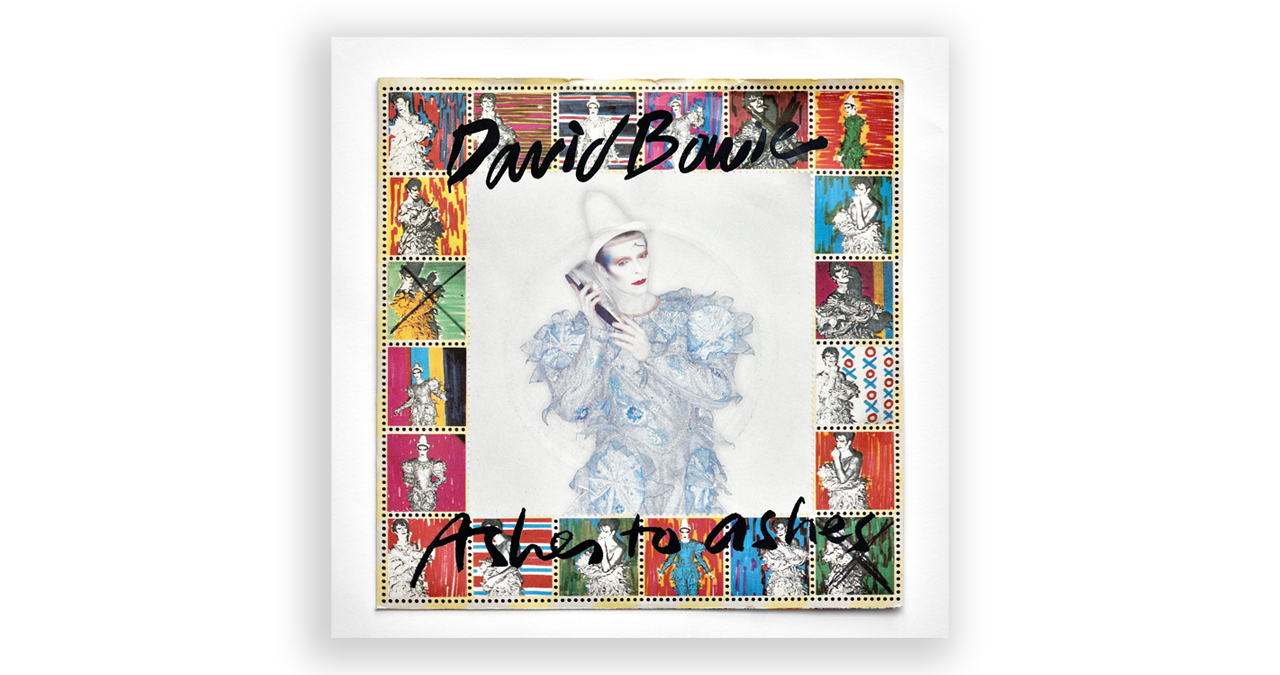“That was a huge moment for me. It put me back in my place”: The insult that brought David Bowie down to Earth
Bowie later said that the dog walker’s jibe left a lasting impression

Since his heartbreaking death in 2016, there has been a tendency in some quarters to exaggerate the sincerity of David Bowie. But depicting him as a sober, profound intellect distorts reality, disguising the fact that, in truth, Bowie was a very, very funny man.
There’s lots of evidence for the claim, whether it’s one of his many myth-deflating 1990s interviews, his hilarious appearance on Ricky Gervais’ Extras or that oft-shared pre-fame appearance as president of the Society for the Prevention of Cruelty to Long-Haired Men at age 17. Bowie’s keen sense of humour was rarely far from the surface.
Even on his most groundbreaking records, there is nearly always a discernible layer of self-awareness.
But there had been a danger, during the mid 1970s, that Bowie was becoming too entangled with his characters…
From Ziggy Stardust via Halloween Jack to the brooding Thin White Duke, Bowie’s various facets provoked countless deep interpretations - and often the lines between reality and artifice were blurred.
In his later life, particularly the 1990s and early 2000s, Bowie was much more openly flippant about his mythologised canon, reflecting on his career with a mixture of wry amusement and facetiousness.
“I'm always amazed that people take what I say seriously,” Bowie told GQ “I don't even take what I am seriously.”
Back in 1980, a younger Bowie was feeling more triumphant
Want all the hottest music and gear news, reviews, deals, features and more, direct to your inbox? Sign up here.
He was reflecting on a prolific decade of unrivalled excellence. Leapfrogging from the zeitgeist-seizing Ziggy Stardust, Bowie had smoothly transitioned into a slick soul of Young Americans (and bagged commercial rewards in the US with the aptly-titled Fame). He’d then crafted the synth-pop prefiguring Berlin triumvirate with Brian Eno - and underlined himself as the decade’s most fearless (and impossible to pigeon-hole!) artist.
Not bad for a man who’d only recently entered his thirties.
It's pretty easy to imagine why Bowie had a degree of smugness about how far he’d come.
But any sense of grandeur was perfectly punctured by a comment from a none-the-wiser dog walker, interrupting the filming of Bowie’s seminal Ashes to Ashes video with a barb that stuck with Bowie for a long, long time.
The story of said video shoot is now a thing of legend. Bowie, returning to Britain from his European sojourn, was astonished to find that the children of glam had come of age.
Adopting a look which seemed to hybridise Bowie’s numerous aesthetics, the press-dubbed 'New Romantics' were cavorting around the clubs of Central London.
Spinning a fair share of Bowie, Iggy Pop, Lou Reed, Kraftwerk and other artists hanging off Bowie’s tree of influence, the fashion-conscious scene was headquartered at the Blitz nightclub - where future Visage lead singer Steve Strange presided over who was let in and who wasn’t.
Keen to capitalise on his God-like stature within the psyche of this tribe, Bowie handpicked a select number (including Strange) to accompany him for the video for his next single, Ashes to Ashes.
Storyboarding the concept himself, the video for the lead single from Scary Monsters (And Super Creeps) depicted Bowie and his acolytes roaming a beach in Hastings (and Beachy Head) on the UK’s south coast, with an ominous bulldozer lurking just behind them…
This quasi-religious imagery would be intercut with scenes of Bowie portraying an asylum inmate and a trapped astronaut.
It was consciously stocked with intriguing Bowie-lore, and rich with themes of isolation, alienation and tribalism.

While the club members were dressed in flowing robes - and in Steve Strange’s case, a wedding dress - Bowie himself was garbed in a Pierrot-esque clown suit in an outfit designed by Natasha Korniloff.
Recruiting director David Mallet to helm the video, Bowie sought to bring to life several images depicted in the extraordinary inner-sleeve art of his eponymous 1969 album (also known as ‘Space Oddity’).
It was a deliberate effort, on Bowie's part, to tie together the disparate strands of his own mythos and return to the beginning of his artistic journey.
Ashes to Ashes’ lyrical allusion to Major Tom, the iconic protagonist of his 1969 space-race chart topper, underlined the notion that Bowie was taking stock of a stupefying decade of music. A sort of homecoming to his foundational character.
As the first few takes of Bowie and his congregation walking had been completed, Mallet was attempting to film some tighter shots of Bowie miming the lyrics to the song using a long-lens camera, when suddenly an unexpected old man appeared in shot, innocently walking his dog between the camera and Bowie.
He was blissfully unaware of the piece of music video history he was disturbing.
As documented in Dylan Jones’ David Bowie: A Life, Mallet asked the man if he would mind moving out of shot.
“Do you know who this is?” Mallet shouted at the bemused dog-walker, pointing to the Pierrot-dressed Bowie.
Eyeing Bowie up-and-down, the man, without hesitation, promptly replied;
“Of course I do. It’s some c**t in a clown suit”.
As Jones’ book indicates, upon hearing this, Bowie was stunned but soon equal parts amused and humbled by these words.
“That was a huge moment for me,” Bowie reflected sometime later. “It put me back in my place and made me realise, “Yes, I’m just a c**t in a clown suit.”

Bowie’s recollection of this event, and his citing it as a particularly humbling moment, probably tells us more about the real David Bowie as Ashes to Ashes' legend-riffing video.
The story was corroborated years later by Michael Dignum, who, while working with Bowie on a different video (Miracle Goodnight) some 13 years on, struck up a conversation with him.
David told Michael a similar version of the same story, but stressed the importance of these words left a lasting impression on him. As Dignum recalled: [Bowie said] “I had quite the attitude as a young pop star, it’s easy to get caught up in the hype. It changes you.”
After repeating what is stated in Jones’ book, Bowie then allegedly told Michael, “I think about that old guy all the time”

The cutting insult sat with David for years, and served as a grounding reminder to not become all-consumed by his own creations.
It was an important lesson to learn for a man who a scant few years earlier had been consumed in drug-addled paranoia, and had nearly lost himself within the pretension of his brooding Thin White Duke persona.
In just a few words - and without realising it - that stranger had brought Major Tom back down to Earth.

I'm Andy, the Music-Making Ed here at MusicRadar. My work explores both the inner-workings of how music is made, and frequently digs into the history and development of popular music.
Previously the editor of Computer Music, my career has included editing MusicTech magazine and website and writing about music-making and listening for titles such as NME, Classic Pop, Audio Media International, Guitar.com and Uncut.
When I'm not writing about music, I'm making it. I release tracks under the name ALP.
You must confirm your public display name before commenting
Please logout and then login again, you will then be prompted to enter your display name.
